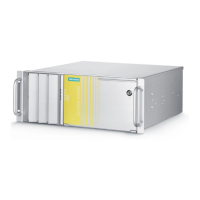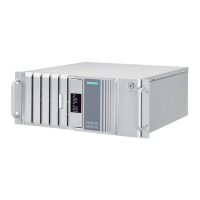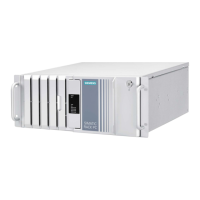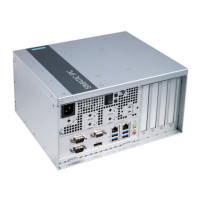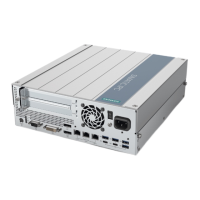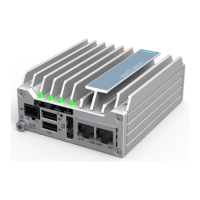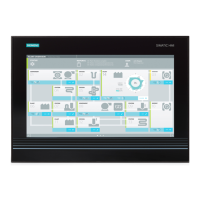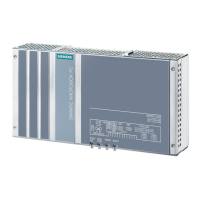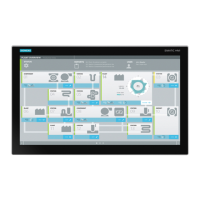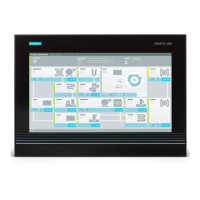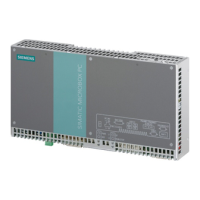Technical specifications
8.7 Active Management Technology (AMT)
SIMATIC IPC547D
Operating Instructions, 06/2011, A5E03473780-01
107
The following figure shows the possible structure of a network for remote management on
the basis of SIMATIC AMT-PCs.
$07,3&V
+RVW
.909LHZHU,(
$GPLQLVWUDWRUDW+HOS'HVN3&
,3&
,3&
,3&
,3&
,3&
,3&
,3&PDLQWHQDQFH
XVHU
SDVVZRUG
26XQUHVSRQVLYH
5HSDLU0RGH
&KDQJLQJVHWWLQJV
LQWKH%,26
%RRWLQJ
%OXHVFUHHQ
:DNHIURP6
7&3RU7/6
7&3RU7/6
7&3RU7/6
7
&
3
RU
7
/6
7&3
RU
7/6
From a SIMATIC IPC which does not have Intel AMT functions, you can access networked
SIMATIC IPCs with Intel AMT using the SIMATIC IPC Remote Manager and/or a web
browser.
SIMATIC IPCs that support AMT feature two onboard Ethernet interfaces, each with a
separate controller. You can configure the controller integrated in the chipset for use with
Intel AMT. Further details about the controller can be found in the technical specification.
For security reasons, AMT is disabled when you receive a SIMATIC IPC. Enable AMT in the
BIOS setup. Afterwards the Intel® Management Engine (Intel® ME) has to be activated and
set for AMT. You make additional settings in the Management Engine:
● Configuring the network for access via AMT
● Creating a password
8.7.2 Overview of AMT
This section describes the required measures and settings on the local IPC so that the IPC
can be controlled and maintained remotely from a management station known below as the
help desk PC.
The local IPC is known below as the "AMT PC".
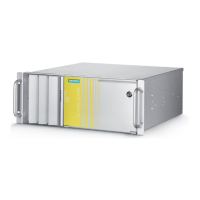
